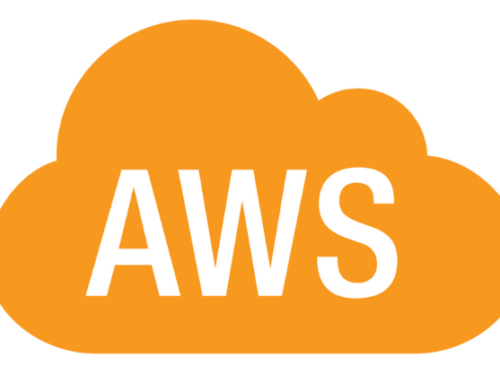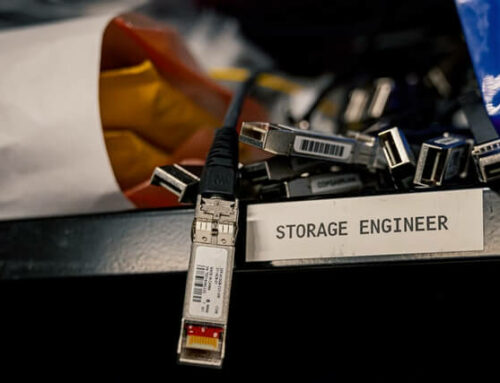A cloud migration is a complex, yet necessary, process that—once optimized—increases data availability and reduces operational expenses. Your IT team can handle moving marginal amounts of data to a web-based console, but the logistics of moving terabytes, or even petabytes of data to AWS storage, is another story.
With your lean IT Team, you’re going to need some help.
Here’s how Amazon Web Services (AWS) can alleviate the hassle of moving your data and managing your archival storage in a public cloud.
Transfer Your Data to AWS Storage in Two Ways, Depending on the Type and Bulk of Your Data Stores:
Snowball – For Smaller, Faster Transfers
AWS Snowball is a secure data transport solution that enables you to migrate large-scale data (typically over 1 TB) into and out of AWS storage. Amazon will ship a shockproof and weatherproof Snowball device to your datacenter(s). From there, you will connect the Snowball appliance through an SFP interface (10Gb) to your networks, and your data files will be securely encrypted and transferred to the device. You then ship the device back to Amazon, and they will upload your data to your public cloud environment.
AWS offers two capacity varieties with Snowball: a 50TB and a 100TB. It would typically take more than 100 days to transfer 100TB of data over a 1Gbps connection, but AWS Snowball cuts that time down to one week or less.
Snowmobile – For Larger Data Stores
AWS Snowmobile is a tamper-resistant, waterproof, and temperature-controlled 45-foot shipping container that moves up to 100PB of data at a time. AWS sends an expert team with the secure container to link Snowmobile’s large fiber optic infrastructure to your datacenter. All data from your environments is then encrypted and transferred over the course of several weeks. Once the job is complete, the AWS data team will securely return the AWS Snowmobile storage container to an AWS facility where your data will be securely uploaded into an Amazon S3 bucket.
Now That You Know How to Get There…
…Let’s discuss how to consolidate and manage your data once it’s transferred into AWS cloud.
S3 Storage Classes
1. S3 Standard
Amazon’s S3 Standard is the general-purpose storage solution for active data and applications that you want to access frequently. S3 features low latency and high throughput performance for a vast number of use cases, and is consequently able to offer the greatest usability and access. AWS backs up data in a minimum of 3 Availability Zones (AZs) to ensure resilience and peace of mind.
2. Standard – Infrequent Access (IA)
Once you no longer need to access the data as frequently, it can be moved to Standard IA. This option meets the demand for lower-priced storage while still offering fast retrieval speeds and backed-up data in at least 3 AZs.
3. One Zone IA
The One Zone IA is an effective solution for data that is accessed less frequently, but still requires speedy availability and recovery. One Zone IA is different from the other AWS storage solutions because AWS hosts your data in a single Availability Zone which means that it will be unavailable if that zone goes down, but also puts it at a lower price point than the Standard IA.
4. Glacier
Glacier is optimized for long-term, archival data. This option is most useful for organizations that need a secure holding place for latent data, whether indefinitely or for several years. As long as you don’t need to retrieve your data frequently, this is a very economical option. But bear in mind that, when you do need to access this data at any point, the process will take several hours (to a few days) before it becomes available.
Once you establish a lifecycle policy for all of your data, its various sub-stores can be moved seamlessly down the tiers, from active Standard class to an IA class after a predetermined number of days, and to ultimately retire in Glacier after several weeks or months.
That’s a Lot to Take In, But We Can Help
Need help getting started with data allocation? ADAPTURE will assess your data stores and help you customize your company’s data lifespan policy, thus ensuring the proper accessibility, security, and price point.
Contact ADAPTURE to strategically prioritize and choose the correct lifecycle plan for your data.












